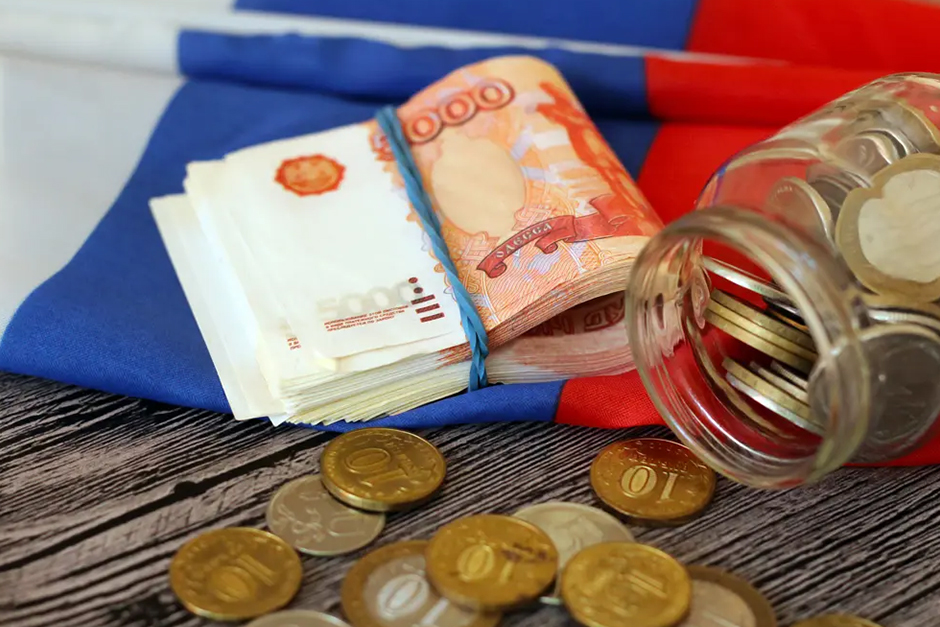The air in Brussels has been thick with anticipation, but a significant decision has finally cut through it: the European Union is set to approve using profits from frozen Russian central bank assets to aid Ukraine. This isn’t just about money; it’s a powerful geopolitical statement, a strategic manoeuvre designed to turn Moscow’s financial paralysis into Kyiv’s much-needed lifeline.
Unlocking the Windfall: The Mechanics Behind the Move
For months, billions of euros belonging to Russia’s central bank have been held hostage in European financial institutions, primarily Euroclear, a Belgian clearing house. The legal complexities of outright confiscation of the principal assets are immense, raising questions about international law and financial stability. However, the EU’s approach sidesteps this immediate hurdle by targeting something far less legally contentious: the windfall profits these assets have generated while sitting idle.
These aren’t Russia’s original funds, but rather the interest and investment returns accumulated on them. Imagine a vast sum of money sitting in a bank account – the interest it earns is now deemed fair game. Estimates suggest these profits could amount to several billion euros annually, a crucial sum that will predominantly be funneled towards Ukraine’s military aid, reconstruction efforts, and humanitarian support. It’s a creative and pragmatic solution, turning an abstract legal stalemate into tangible aid.
Beyond the Billions: A Geopolitical Gambit
This move is more than just an injection of funds; it’s a unified and unambiguous message from the EU. It underscores a long-term commitment to Ukraine and serves as a direct consequence for Russia’s aggression. The psychological impact on Moscow, seeing its own frozen wealth indirectly finance the very war it wages, cannot be underestimated. It reinforces the idea that aggression comes with a significant and enduring financial penalty.
However, such a bold step is not without its critics or potential repercussions. Russia is likely to denounce it as theft and may seek retaliation, potentially through legal challenges or the seizure of Western assets within its borders. Yet, for many, the moral imperative outweighs these risks. As one EU diplomat, speaking on condition of anonymity, put it, “We’re turning Moscow’s frozen billions into Kyiv’s vital lifeline, sending an undeniable message that aggression comes with a tangible cost. It’s a necessary step, however complex.” The decision also sets a precedent, raising questions about the future treatment of sovereign assets in times of conflict.
The Path Forward: Risks, Rewards, and Repercussions
While the immediate reward is significant financial support for Ukraine, the long-term implications will be closely watched. The EU has carefully crafted this mechanism to minimize legal exposure, focusing on profits rather than the principal. Yet, the possibility of eventually seizing the principal assets remains a topic of international debate. This current decision could be seen as a stepping stone, testing the legal and political waters.
There are also broader concerns about the stability of the global financial system and how other nations might perceive the safety of their reserves held abroad. The EU’s careful, incremental approach aims to mitigate these concerns while delivering crucial aid. Ultimately, this move marks a significant evolution in how the international community responds to unprecedented acts of aggression, blending financial leverage with geopolitical will.
The EU’s decision to utilize frozen Russian profits is a defining moment, demonstrating a robust commitment to Ukraine’s future and establishing a new paradigm for accountability. It’s a testament to innovative thinking in the face of grave challenges, delivering a crucial blow to Russia’s war chest while bolstering Ukraine’s resilience.




